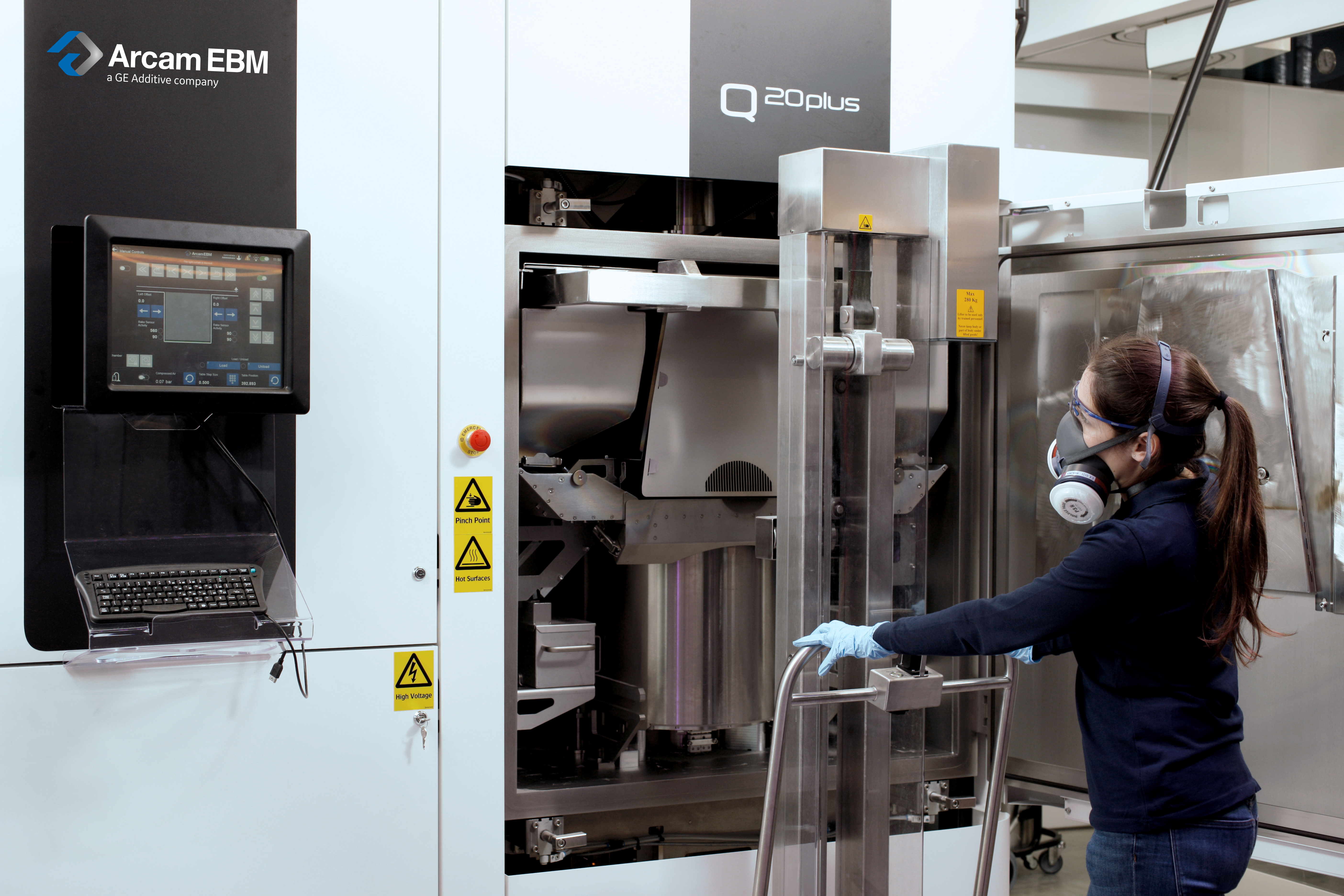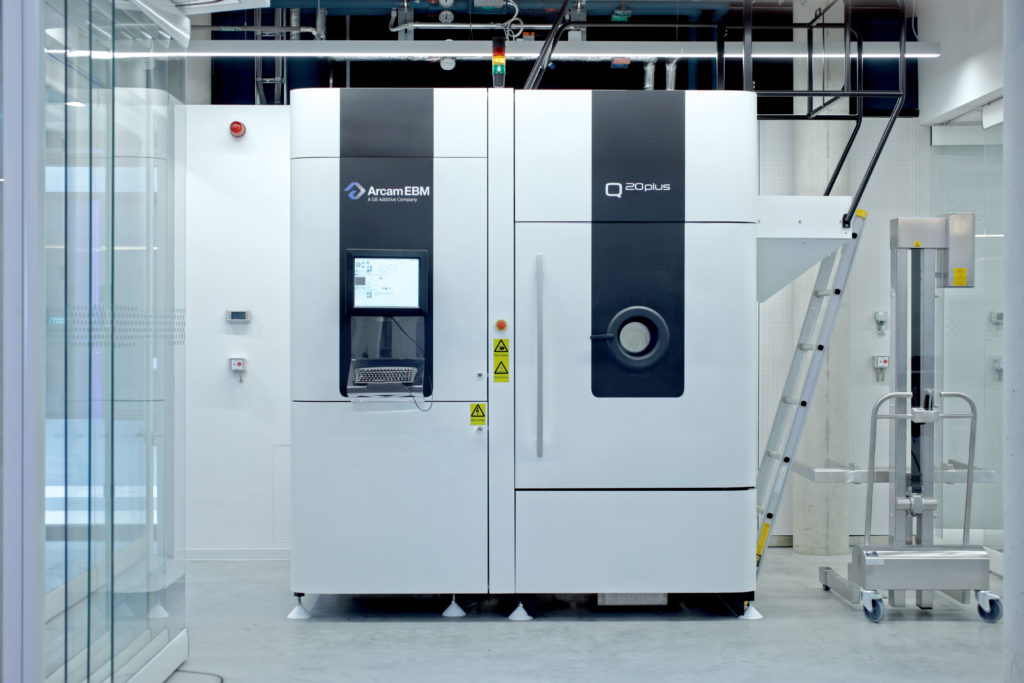
GE Additive electro-beam melting (EBM) technology is currently at the heart of additive materials research in Canada.

www.gerhard-blank.de www.luftbildmuenchen.com fon: 0049 171 2888481
Following major investment from the Natural Sciences and Engineering Research Council of Canada (NSERC), the Holistic Innovation in Additive Manufacturing Network (HI-AM) gathers metal additive manufacturing experts from seven Canadian universities to study the fundamental scientific issues associated with pre-fabrication, fabrication and post-fabrication of components manufacturing by a range of AM technologies. The main focus of this research will be on structural metals.
In order to encourage the use of metal additive manufacturing, by the Canadian manufacturing industries, the team of researchers needs to push forward a number of key points including advanced materials processing and characterization, powder synthesis, alloy development, advanced process simulation and modeling, precision tool-path planning, controls, sensing and applications.
“Additive (3D) metal printing will significantly expand the capabilities of what we can manufacture using structural metals. In the transportation sector, this opens up new opportunities for light-weighting and improving the efficiencies of aero-propulsion systems and automotive drivetrains – including both electric and convention heat engines. In the bio-medical sector, this technology will allow medical practitioners to customize the geometry of skeletal implants to an individual’s anatomy and utilize materials that are more compatible with biological systems, thus substantially improving patient outcomes,” said Professor Steve Cockcroft.
Electron Beam Melting in R&D
The more AM evolves, the more researchers develop a new range of solutions to better understand materials. In this specific research, the teams that will work on this project will study both the scientific aspects of materials and the logistics side of the sale.
Indeed, transport processes in commercial operations constitute another holy grail of the industry and might lead to other expenses for manufacturers/buyers. As for the scientific aspect, the addition of the Q20plus system will support the team at UBC in developing novel, robust and efficient numerical models that will become the new tools for simulating different aspects of the electron-beam-based powder-bed-fusion (PBF) process.
Several parameters still need to be considered. However, one thing is certain: the research will definitely impact process productivity, part and component quality while increasing the adoption of electron beam technology in the aerospace, automotive transportation and medical sectors.
You can now post free of charge job opportunities in the AM Industry on 3D ADEPT Media.
For further information about 3D Printing, follow us on our social networks and subscribe to our newsletter : Facebook, Twitter, LinkedIn & Instagram !





